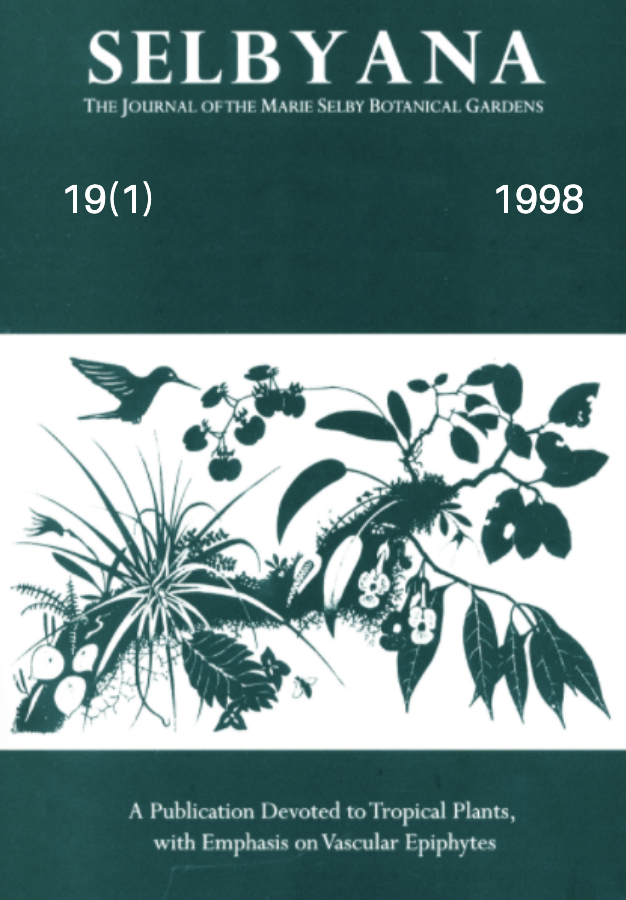Abstract
Knowledge of orchid diversity has greatly expanded in the last 30 years. Some 1,150 identified species are recognized in Mexico with an additional 100 species still unidentified. Some 250 localities have been surveyed with "hot spots" of orchid diversity identified. Cloud forests contain almost 60% of known species in only 2% of territory; this is the most endangered biome. A map of priority regions for conservation is available. A federal list of endangered or threatened species has been published. Official development policies have changed from massive clearing to biodiversity conservation. Demographic and genetic surveys have taken place in particularly threatened and economically important species like Laelia speciosa and Vanilla. Cases of conflicting interests in horticulture oppose orchid growers with in situ conservation. Ex situ conservation of Laelia anceps subsp. dawsonii, L. gouldiana, Paphiopedilum xerophyticum and P. exstaminodium results in commercial gain. A National Plan for Orchid Conservation focusing on immediate actions is underway. Various projects of in situ conservation are ongoing with legal support. A realistic assessment of commercial possibilities of local species is essential to avoid exaggerated expectations. Interaction of local groups, government and NGO's with local communities is essential to biodiversity conservation.
Open Access and Copyright Notice
Selbyana is committed to real and immediate open access for academic work. All of Selbyana's articles and reviews are free to access immediately upon publication. There are no author charges (APCs) prior to publication, and no charges for readers to download articles and reviews for their own scholarly use. To facilitate this, Selbyana depends on the financial backing of the Marie Selby Botanical Gardens, the hard work and dedication of its editorial team and advisory board, and the continuing support of its network of peer reviewers and partner institutions.
Authors are free to choose which open license they would like to use for their work. Our default license is the Creative Commons Attribution-NonCommercial 4.0 (CC BY-NC 4.0). While Selbyana’s articles can be copied by anyone for noncommercial purposes if proper credit is given, all materials are published under an open-access license with authors retaining full and permanent ownership of their work. The author grants Selbyana a perpetual, non-exclusive right to publish the work and to include it in other aggregations and indexes to achieve broader impact and visibility.
Authors are responsible for and required to ascertain that they are in possession of image rights for any and all photographs, illustrations, and figures included in their work or to obtain publication or reproduction rights from the rights holders. Contents of the journal will be registered with the Directory of Open Access Journals and similar repositories. Authors are encouraged to store their work elsewhere, for instance in institutional repositories or personal websites, including commercial sites such as academia.edu, to increase circulation (see The Effects of Open Access).
